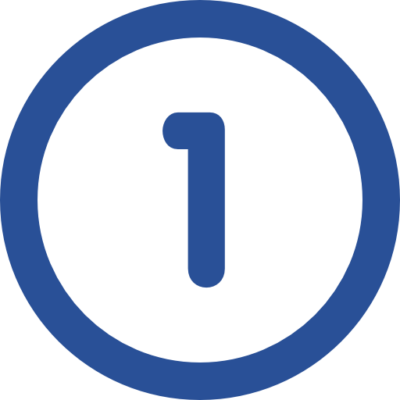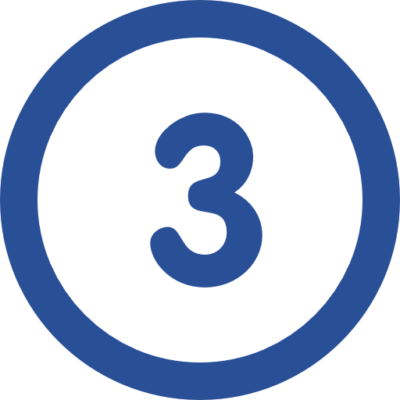Our goal
Pain or movement issues are the most common complaints within the practice. These complaints can be the result of a trauma, a surgery, an overload or a creeping start. In the event of a trauma or after an operation, the cause and effect are often easy to identify. In the other two cases it is often more difficult to find out why the body protests or no longer functions properly.
Our goal is to let you move pain-free in a limited number of treatment sessions. This with the help of manual treatment, exercises and training. In addition, we want to support the healing with a bit of knowledge about the origin and recovery of movement complaints.


cause
In the event of a trauma or after surgery, the cause and effect are often easy to identify. In the other two cases it is often more difficult to find out why the problem has occurred. It is possible that there is a disfunction of the joint. The result is that people tend to strain tendons, ligaments and muscles in a different way. This can in the long run lead to movement complaints. It makes no sense to just treat the painful muscle or tendon with stretching or a massage or to just strengthen the muscle with fitness. In all cases, “the why” must be traced and treated. Only finding and resolving the cause can lead to lasting improvement.

approach
In many cases the joint is the cause of a movement impairment. Solving the disfunction will lead to improvement. If the cause of the problem is the way in which you move, or how you are performing at your work, advice can be used to improve the situation. Advice with regard to the workplace is very common.

therapy
In most cases, the treatments will largely consist of mobilization techniques to get a poorly functioning joint back in motion. In addition, the treatment contains mainly of exercise therapy and training. Massage and the application of a device only take place when the recovery of a muscle, band or tendon requires extra support.
Mobilization techniques
With our mobilization techniques we try to influence the movements directly in the joint. Manual therapists can use a manipulation technique and a number of physical therapists have opted to mobilize using the so-called Dam method. DAM stands for Three-dimensional Arthrokinematic Mobilization Techniques, where three-dimensional indicates the possible directions of movement, Arthrokinematic stands for movements in the joint, and mobilization speaks for itself. This way of moving is a very calm and non-stressful method for the patient that is very closely related to manual therapy.

 Nederlands
Nederlands